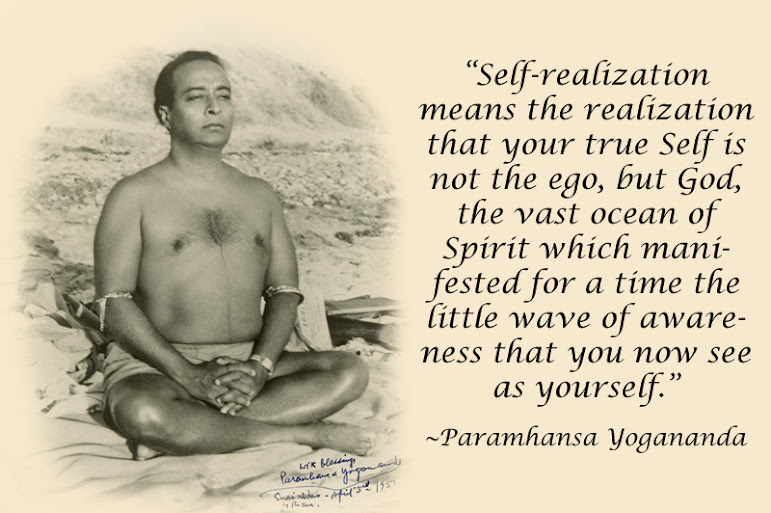Children of immortality
Children of India (Bharath)! Teach your children this life-preserving, glorious, and
heart-expanding truth from the early days of life. The sanctifying vision that
Indians secured is this: the Atma is
full and free. It is a wonderful discovery, a thrilling thought!
The Atma is by its very nature full; fullness need not be attained or accomplished and added to it. If fullness could be added to it, it could also be subtracted by the passage of time; what is built up must disintegrate.
If one is impure by nature, even though one may succeed in achieving purity for five minutes, one has to wallow later in impurity, for the purity that comes in the middle will be easily swept away by circumstances. So, all Indian spiritual thinkers declared that purity is our nature and that fullness is our genuine reality.
They said that we are never really “wanting”. This is the lesson that Indians taught the world. This is the stream of spiritual strength that flowed from India and fertilized the world.
At the end of life, one should bring to consciousness the great thoughts one has attained in life, the high feelings one entertained; this was the directive of the sages of India. They did not demand that one should bring to memory the faults and errors one committed in life. These are inevitable and universal.
Essence
In today’s part of the SSV, when Swami writes, “The
Atma is by its very nature full;
fullness need not be attained or accomplished and added to it.”, Swami is
taking us back to the shanti mantra of Isavasaya Upanishad.
Swami Krishnanada writes on this shanti mantra,
“That which is anantavavtu is spoken of as pūrṇam. It is that to which there is no limit; beyond which there can be nothing. If there is something outside it, it becomes an individualised object. But objects cannot be pūrṇam.
The śāstrik meaning of pūrṇam is, that more than which nothing can exist, i.e., it is the infinite. And creation has come from pūrṇam. And this creation too is pūrṇam.
This śloka is from the Bṛhadāraṇyaka Upaniṣad and forms the mangalā-carana mantra for this Īśāvāsya Upaniṣad.
The terms adaḥ and idam have often occurred in Kathopaniṣad also. Adaḥ means the cause from which the effect comes.
Idam means that which is manifest and here it means the world. The objects of the sense organs are spoken of as idam. That which is beyond the sense organs is adaḥ.
As the cause is, so is the effect. The effect exists within the cause in an unmanifested form. In the seed, the tree is not seen, but it is in an unmanifested state. In reality, the world is also limitless.
Wherever you go, you still will see it extending
further. You find that ether, a subtle manifestation of the Supreme is
limitless, and wherever you go you cannot find its limit.
This is so, because it is a manifestation of
that which is infinite. This mantra says that, that which has come from the
Infinite is also Infinite from this point of view, even though it is
comprehensible to the senses.
Really speaking, the world is not outside you, that is to say, outside the senses, but within you. This, the later mantras of the Upanishad is going to tell us. The world appears to exist outside you. And hence it is correct to say, ‘this world is pūrṇam.'
That is why Sankaracharya says that īśvara is advitīya, that which has no second. It is not a mathematical calculation where one minus one leaves zero.
Īśvara is not a numerical like 1. Īśvara who is infinite is beyond all numericals. This is a bit difficult to comprehend with our minds. We have neither seen the pūrṇam nor can go beyond numericals.
We can go on saying crores, a hundred crores, a hundred-thousand-crores and so on, that is all. But He is beyond countable numbers. Hence the word pūrṇam is used to indicate īśvara. There is no place where He is not. This is the essence of this verse.”
Since, we as Atman, are not different from Iswara, Swami has written that Atma is ever full, ever complete.
The purpose of our existence/our birth itself, is to realize that we are ever full, ever complete, ever whole Atman and as Atman, we are neither born, nor do we die.
Love.


























